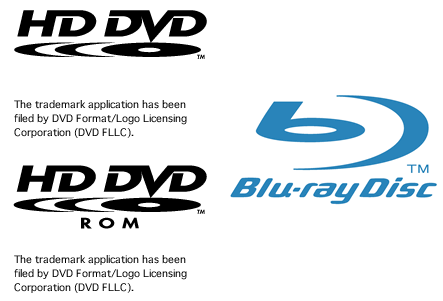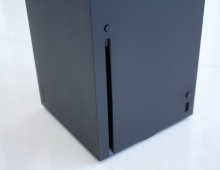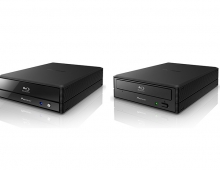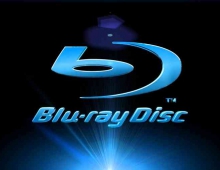Testing For The Next Generation Formats
1. Drives - Critical For Measurement
Review Pages
2. Blue Laser - Understanding The Key Differences From DVD
3. Quality Measures For HD DVD and BD
4. Appendix - Key Measurements on each Format
DRIVES – CRITICAL FOR MEASUREMENT
Repeatability, reproducibility and Accuracy
As with DVD and CD testing, our key goal when designing a BD/HD DVD test system is to ensure a high degree of repeatability, reproducibility and accuracy (in that order) and this starts with the drive. The drive produces an analogue HF signal, which is then processed with processing techniques that are highly reproducible. Although electrical testing of optical media aims to be ‘testing’ the disc, what we are really measuring is how the drive interacts with the disc. If the drive itself creates additional defects within the analogue HF signal, these could easily be misinterpreted as a disc problem.
The key design requirements for drives are specified in the physical format
specifications for HD DVD and BD, and it is critical that the drives used have
a very high level of reproducibility – with the absolute minimum of variations
between samples.
Although drive calibration may work for a narrow range of discs (disc that
themselves are similar to the calibration disc), it can never compensate for
significant differences between drives with the full gamut of discs seen in
a “real-world” production environment.

If the drives are not reproducible then it will be impossible to have a reproducible test system to accommodate and correctly quantify the range of manufactured product. To do this, close attention has to be paid to the quality and consistency of the drive’s component parts and the consistency of key elements such as the actuator, optical components, laser diode, etc.
Within the optics, failing to control the focused spot quality will have a huge influence on the HF signal produced by the drive. With the high NA lens used for Blu-ray, we must also add spherical aberration correction into the drive to compensate for the differences in the layer thickness when switching between layers.
A high quality of mechanical stability, especially from the spindle motor, is also required –especially for the higher rotation speeds required from the new formats. It is vitally important not to add to the disc’s playability problems, errors due to spindle motor runout, excessive vibration, or unstable sled movement.
Review Pages
2. Blue Laser - Understanding The Key Differences From DVD
3. Quality Measures For HD DVD and BD
4. Appendix - Key Measurements on each Format





















